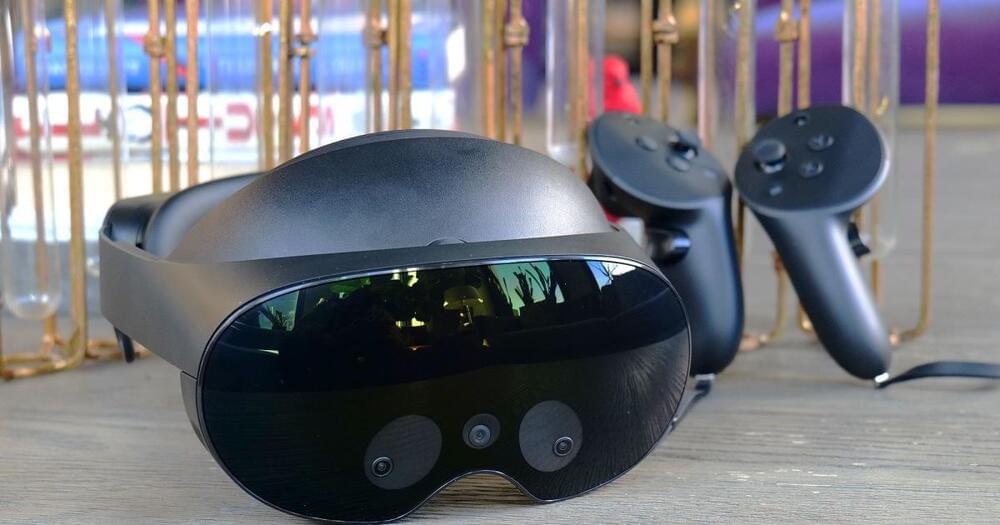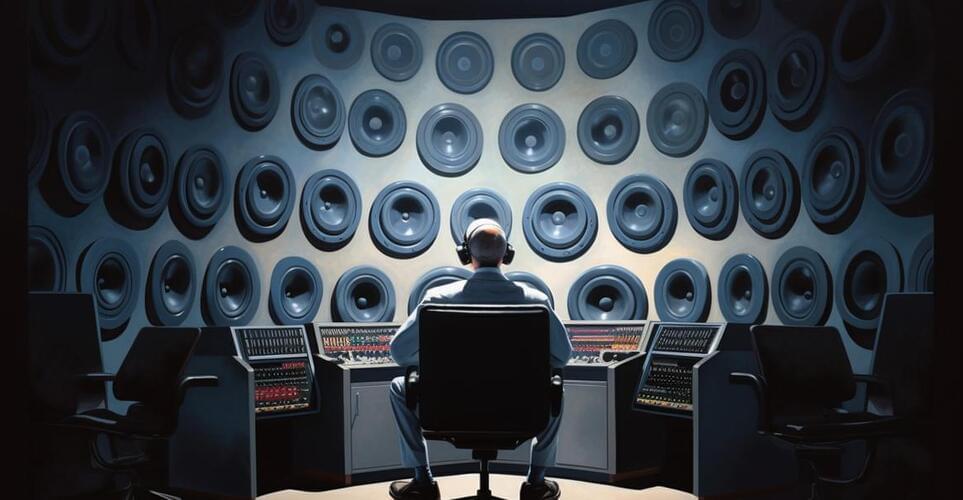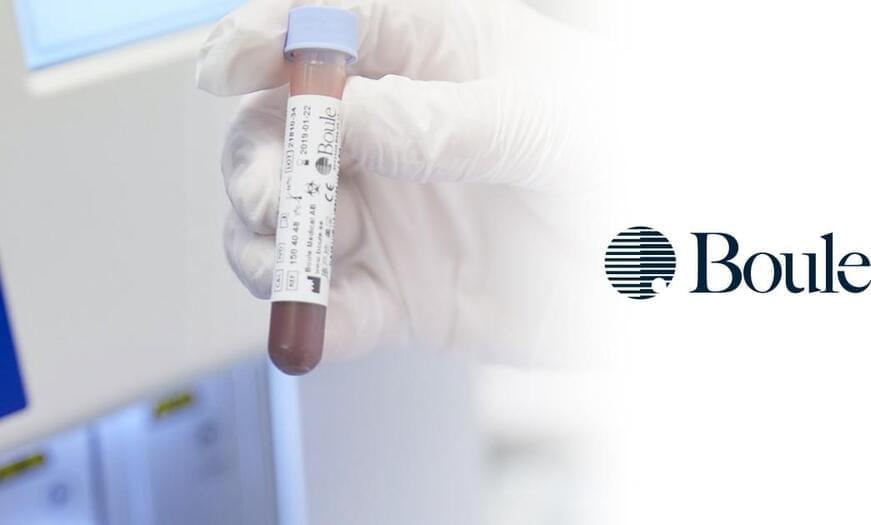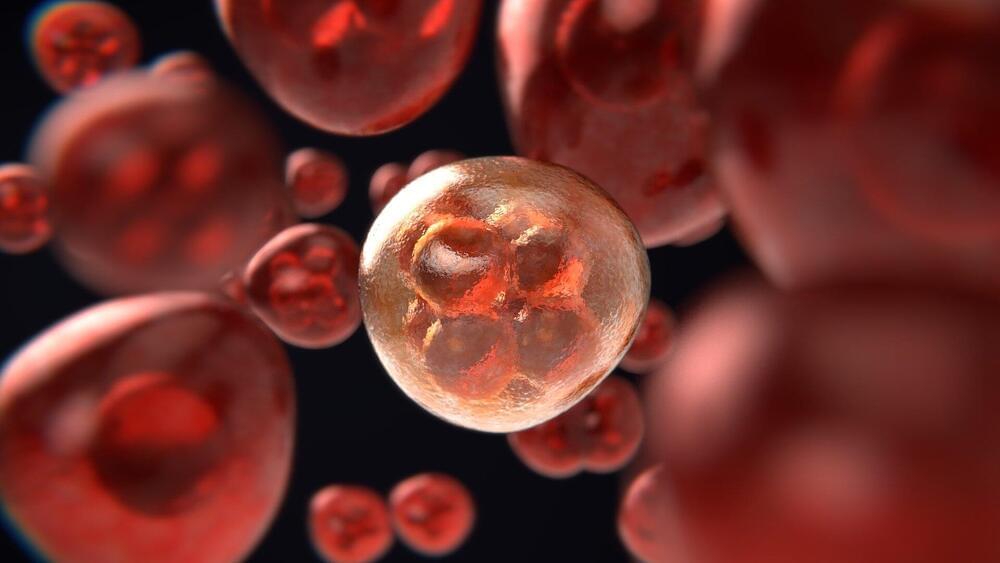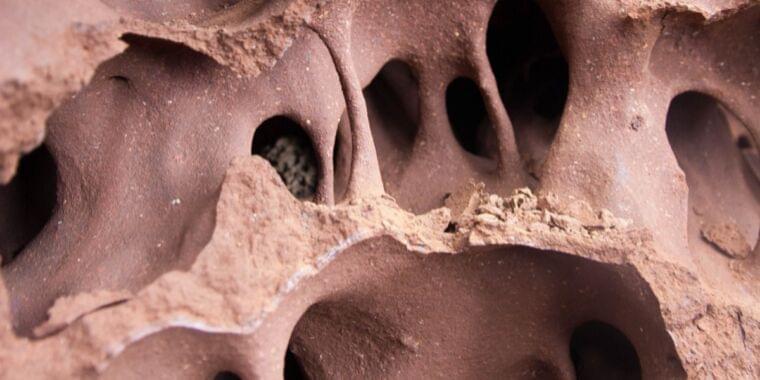Reels started as Instagram’s solution for competing with TikTok and soon launched on sister-site Facebook — a natural expansion. Meta is now testing Reels on a less expected medium: the Meta Quest. Its VR headset works for internet browsing, watching movies, games and more — but the addition of typically-vertical Reels presents a different viewing experience than these more malleable (and typically screen-wide) options.
Meta founder and CEO Mark Zuckerberg announced the update through a 13-second video on Meta’s Instagram Channel. It featured a Reel from influencer Austin Sprinz’s Instagram account in which he visited the world’s deepest pool. The immersive video is a good choice for VR, taking the viewer underwater into a seemingly bottomless space — and is certainly better than a cooking or dance Reel.
The Reels update comes ahead of Meta Quest 3’s fall release and follows Apple’s new AR/VR Vision Pro headset announcement. Though, with Quest 3’s pricing starting at $499, compared to the Vision Pro’s $3,499, the pair don’t exactly fall into the same category. Meta’s VR headset line first launched as Oculus Quest and subsequently Oculus Quest 2 before the second-generation model was rebranded as Meta Quest 2. The Meta Quest Pro followed soon after the name change. As for Reels, there’s no timeline for if and when it will leave the testing phase and become available across Meta Quest headsets.
